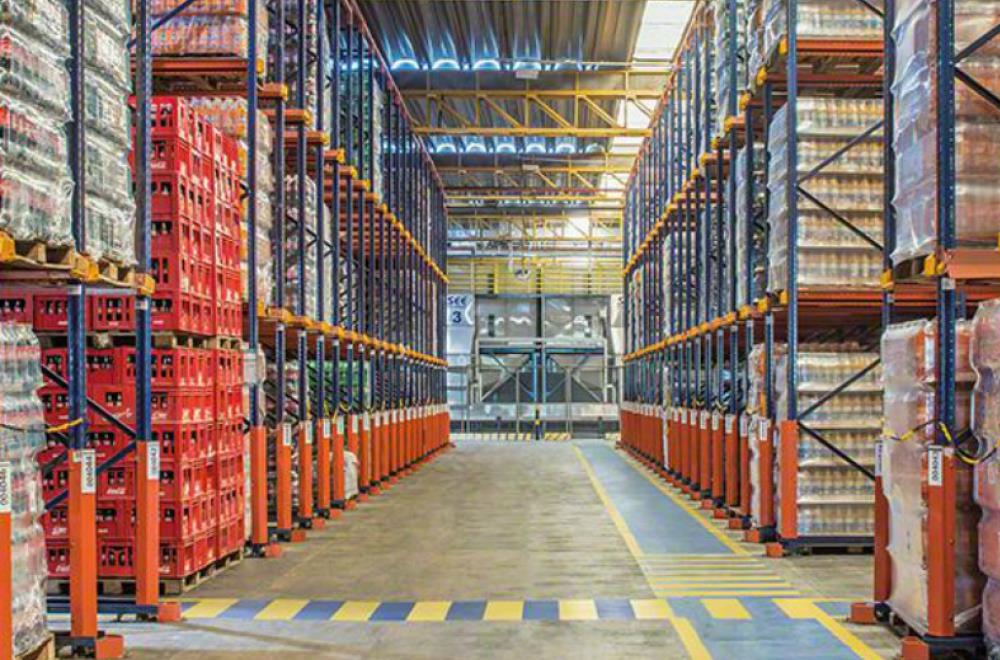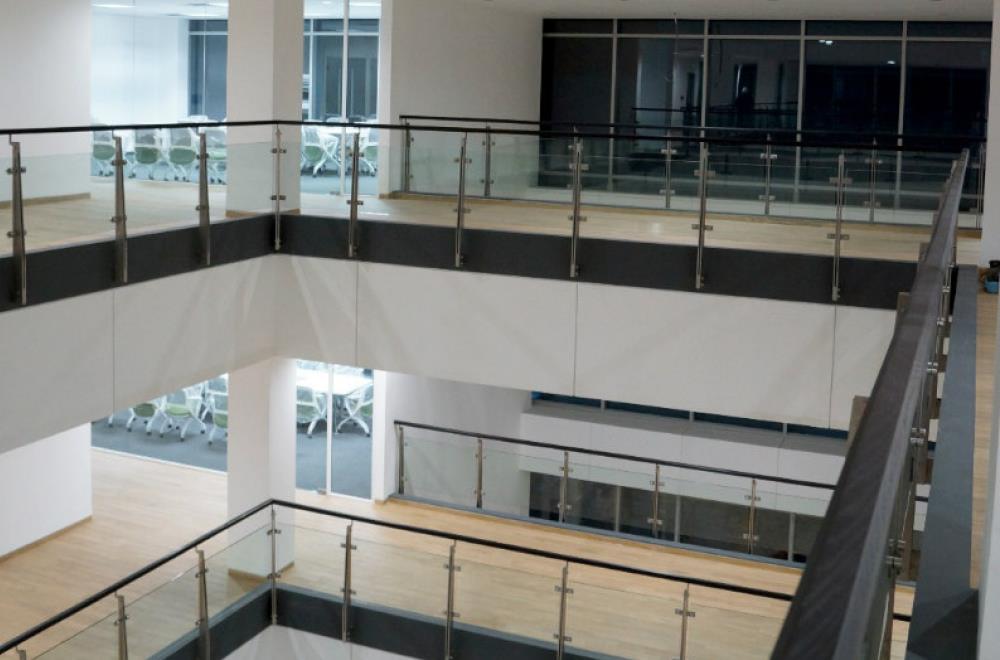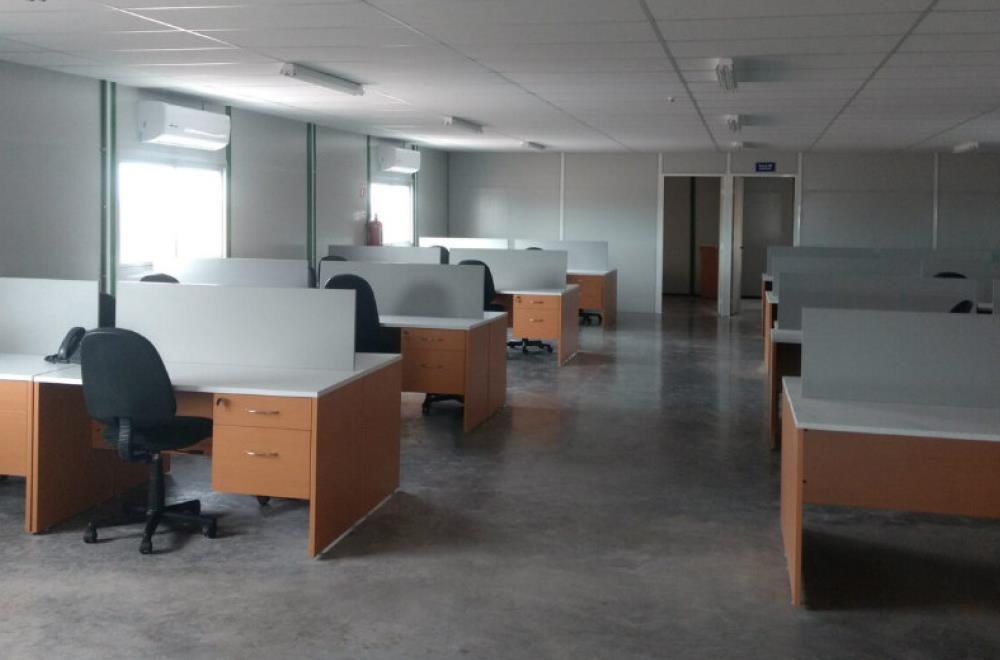The Role of Robotics in Modern Construction
The construction industry is on the cusp of a technological transformation, with robotics playing a pivotal role in revolutionizing traditional building processes. By integrating advanced robotics into construction, we are witnessing significant improvements in efficiency, safety, and precision. In this blog, we will delve into how robotics are being utilized in tasks such as bricklaying, demolition, and inspections, and explore the broader implications for the future of construction.
Robotics in Bricklaying
Bricklaying has traditionally been a labor-intensive and time-consuming task. However, with the advent of robotic bricklayers, the process has become significantly more efficient and precise. Here’s how:
- Automated Bricklaying Machines: Robots like the SAM (Semi-Automated Mason) can lay bricks at a much faster rate than human workers, reducing construction time and labor costs.
- Precision and Consistency: Robotic bricklayers ensure that each brick is placed with exact precision, leading to higher quality construction with fewer errors.
- Reduced Labor Strain: By taking over repetitive and physically demanding tasks, robots reduce the risk of injury and strain for human workers.
Enhancing Demolition with Robotics
Demolition is one of the most hazardous tasks in construction, often involving heavy machinery and dangerous conditions. Robotics bring a new level of safety and efficiency to this process:
- Remote-Controlled Demolition Robots: These robots can be operated from a safe distance, minimizing the risk to human workers in hazardous environments.
- Precision Demolition: Equipped with advanced sensors and tools, demolition robots can perform precise cuts and breakages, reducing the risk of structural damage to surrounding areas.
- Efficient Debris Management: Robotics can streamline the process of sorting and removing debris, making the demolition process faster and more environmentally friendly.
Robotic Inspections
Inspections are crucial for ensuring the safety and integrity of construction projects. Robotic technology is enhancing the inspection process in several ways:
- Drones for Aerial Inspections: Drones equipped with high-resolution cameras and sensors can quickly survey large construction sites, identifying issues that might be missed by human inspectors.
- Ground Robots: These robots can navigate difficult-to-reach areas, such as under structures or inside confined spaces, providing detailed inspection data without risking human safety.
- Real-Time Data and Analysis: Robotics can collect and transmit inspection data in real-time, allowing for immediate analysis and quicker decision-making.
Broader Implications for the Construction Industry
The integration of robotics into construction processes is not just about enhancing specific tasks; it represents a broader shift towards more innovative and sustainable building practices. Key implications include:
- Increased Productivity: By automating repetitive and labor-intensive tasks, robotics can significantly boost overall productivity on construction sites.
- Cost Savings: While the initial investment in robotics can be high, the long-term savings in labor costs, reduced errors, and faster project completion can be substantial.
- Enhanced Safety: Robotics reduce the need for human workers to perform dangerous tasks, leading to fewer workplace injuries and fatalities.
- Sustainability: Robotics can optimize resource use, reduce waste, and improve the overall environmental footprint of construction projects.
Real-World Applications
Several pioneering projects are showcasing the potential of robotics in construction:
- The Hadrian X Bricklaying Robot: This robot can lay up to 1,000 bricks per hour, significantly speeding up the construction process.
- Brokk Demolition Robots: Known for their efficiency and precision, these robots are used in various demolition projects worldwide, enhancing safety and performance.
- Boston Dynamics' Spot: This agile robot is being used for site inspections, capable of navigating challenging terrains and providing detailed data.
The Future of Robotics in Construction
As technology continues to advance, the role of robotics in construction will only expand. Future developments may include:
- Autonomous Construction Vehicles: Self-driving vehicles that can transport materials and equipment across construction sites with minimal human intervention.
- 3D Printing Robots: These robots can construct entire buildings layer by layer, offering new possibilities for design and construction efficiency.
- AI-Integrated Robotics: Combining artificial intelligence with robotics will lead to even smarter, more adaptive machines that can learn from their environments and improve over time.
Robotics are transforming the construction industry, bringing unprecedented levels of efficiency, safety, and precision to various processes. From bricklaying to demolition and inspections, the integration of robotics is paving the way for a new era of construction innovation. As we continue to explore and embrace these technologies, the future of construction looks brighter, safer, and more efficient than ever before.
For more insights into the latest trends in construction technology, stay tuned to our blog. If you're interested in incorporating robotic solutions into your projects, contact Cantecc today to learn how we can help you stay ahead in the rapidly evolving construction landscape.




